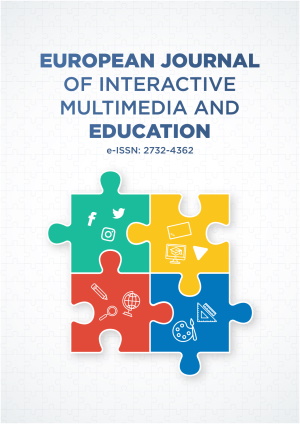Abstract
COVID-19 affected not only the lifestyle and socioeconomic conditions of the people worldwide but also the governing affairs of the process of education. To limit the transmission of COVID-19 in the educational sector, teachers worldwide immediately diverted from face-to-face education to a virtual-based education. This abrupt paradigm shift in education posits a challenge to the teachers who are accustomed to the conventional settings as they embark to emergency online teaching classes. Although distance education is a normalcy in many of the institutions globally, it is still new to the context of the Philippine teachers. In this account, an empirical study on the experiences of the Philippine teachers in Xi’an, China was explored to examine the benefits, challenges, and process in the implementation of emergency online education. Results revealed that emergency online teaching fosters benefits to the teachers and learners during this emergency situation. However, the teachers experience challenges dealing with technical issues, lack of instructional design, and other factors which disrupt emergency online education. This article offers positive and negative standpoints of the application of emergency online teaching to address the unprecedented educational issues brought by the pandemic.
License
This is an open access article distributed under the Creative Commons Attribution License which permits unrestricted use, distribution, and reproduction in any medium, provided the original work is properly cited.
Article Type: Research Article
EUR J INTERACT MULTIMED ED, Volume 2, Issue 1, January 2021, Article No: e02104
https://doi.org/10.30935/ejimed/9683
Publication date: 04 Feb 2021
Article Views: 6170
Article Downloads: 3606
Open Access References How to cite this article
 Full Text (PDF)
Full Text (PDF)